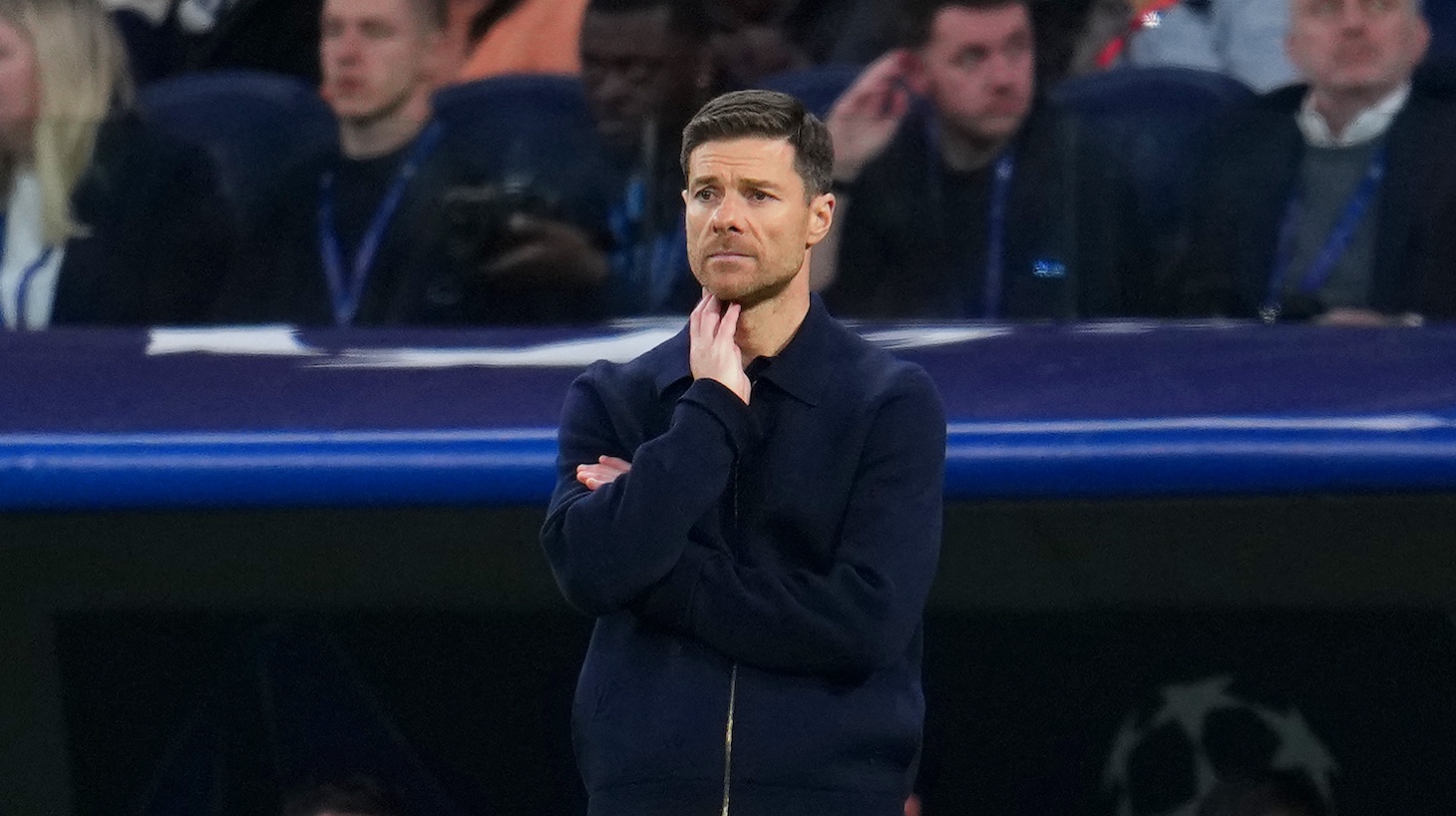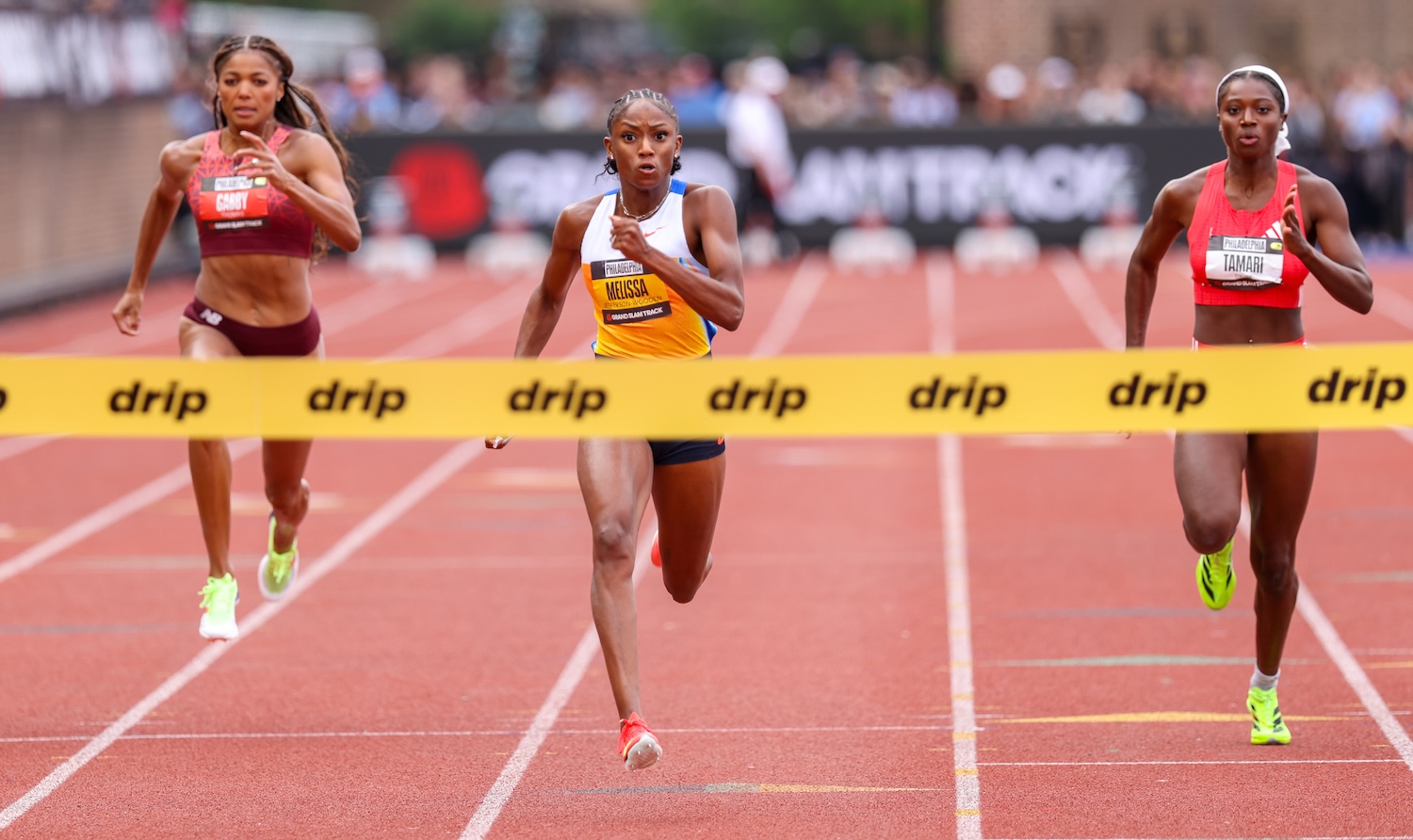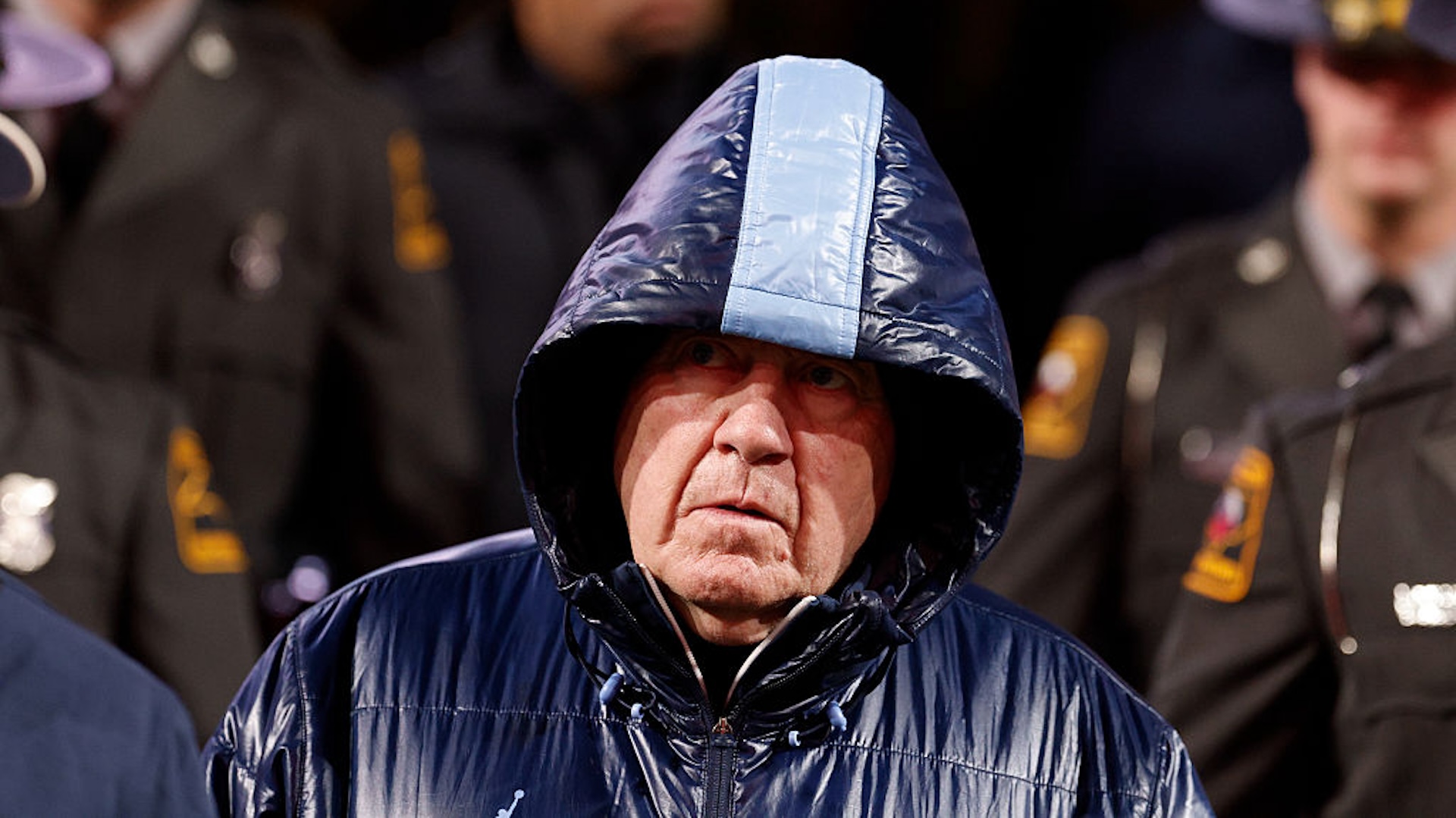CC Sabathia became a star in Cleveland, and became a champion in New York, and this weekend became a Hall of Famer in Cooperstown—but I will always think of Milwaukee. Possibly the greatest midseason rental of all time, Sabathia's 17 starts that carried the 2008 Brewers to their first postseason in 26 years remains my byword for dominance. I will go to my grave swearing that his stretch was the greatest I've ever seen by a pitcher; I will brook no arguments to the contrary. Perhaps this is hagiography over historiography. Don't care! It's the Hall of Fame, not the Hall of Objectivity. Sabathia was a warhorse.
It wasn't just, or even, about being unhittable. It was about Sabathia's tirelessness—his sheer, sustained ability to take the ball and not give it up. He threw on short rest. He threw to the 27th out. He threw and threw and threw, as many as 130 pitches in one start, and then he threw some more. He strapped a big honking ice pack to his left shoulder (Atlas might've envied its sturdiness) and then he threw again. He made it seem like dominance was a matter of willpower.
In those 17 starts, he threw seven complete games. No pitcher over an entire season has thrown that many in 14 years. The Brewers as a franchise have had just 16 complete games total in the 16 seasons since Sabathia. If it's clichéd to say they don't make 'em like this anymore, it's possibly more true to say they don't let 'em do it anymore. Even then, Sabathia's agent urged him not to take the ball on three days' rest to avoid risking his health, and his pending free-agent payday. He didn't listen. But pitching as a science has been so refined over the intervening years as to be unrecognizable as the same act. Now, young fireballers get (warranted) standing Os if they come out after five. In 2008, Sabathia would've still had half of the job to do.
On July 7, the third-place Brewers shipped out Matt LaPorta, Rob Bryson, Zach Jackson, and a player to be named later who would become Michael Brantley, to Cleveland for their ace. GM Doug Melvin said they didn't wait until the deadline in order to be able to squeeze a couple extra starts out of Sabathia; he really had no idea just how much juice they'd be able to get. The very next day, he took the mound for a sellout crowd.
It wasn't a shining debut. Sabathia received the win, but allowed two runs on five hits and five walks over six innings. He then went back out and threw three straight complete games, the third capping off a four-game sweep of the Cardinals to vault the Brewers into the wild card. "The season is long," he told reporters. "I have a lot more starts left."
He'd win pitcher of the month in July, and again in August, when he hurled three more complete games and run his NL record to 9-0. The last was possibly his best single game, coming within a questionable scorer's decision of a no-hitter against the Pirates.
In that month of August, over six starts, Sabathia drove in half as many runs as he allowed. Sabathia had always been a good hitter, and given the chance to bat regularly, he put up a totally serviceable .235 batting average, with two home runs, including one in his second Brewers start to drive the crowd mad. "He's been dominant since he came over," infielder Bill Hall told the Associated Press, "and, hopefully, he ... will take us to the promised land."
The Brewers faltered to start September, going 2-8 and falling into a dogfight with the Mets for the wild card, a slump that saw Dale Sveum replace Ned Yost as manager. (Sabathia wouldn't lose his first game since the trade until Sept. 16.) Desperate times called for desperate measures—they called for more CC. "We didn't have pitching," he said, "so I just told them, 'I'm pitching.'"
For his last three starts of the season, Sabathia would go on three days' rest. "You hope to God you get to the playoffs and make that thing really, really look like the best trade of all time," Sveum said.
Sabathia simply got better as the pressure increased. The first of those three starts was a laboring 105 pitches for a respectable five-and-two-thirds innings of one-run ball. The second, seven innings, one run, 108 pitches. As the race came down to the wire, Sabathia was asked by the Herald Times Reporter how many pitches he could throw. "Um, 175?" he mused. It wasn't clear if he was joking. In that same interview, he offered up what may as well have been his mantra: "If it matters, I want to pitch."
Pitch he did, on Sept. 28 against the Cubs. One hundred and twenty-two pitches, to be precise, of one-run, four-hit ball. Aided by a huge home run from Ryan Braun, and with the Mets losing that night, the win clinched the wild card, and fittingly—Q: Can you even name Milwaukee's closer that year?—Sabathia was on the mound to close it out.
"It was his game," Sveum told the AP. "It was his year. It was his two months. It was his game as long as he could possibly go. He was fine. He's just a special human being."
The final tally is jawdropping. A 1.65 ERA in his 17 regular-season starts, including three shutouts (he led both leagues in shutouts, a feat never before or since accomplished), with 128 strikeouts over 130.2 innings. The magic wouldn't continue into October; Sabathia got knocked around by the eventual-champion Phillies and were eliminated in the first round. That winter, he'd sign a record $161 million contract with the Yankees and be worth every dollar. It was just three months in a decorated 19-year career, but three months the likes of which we may never see again.







